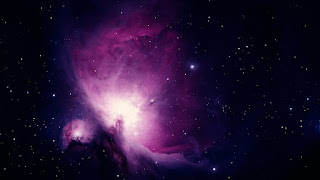A French Scholar Laplace gave a theory which is known as "Nebular Hypothesis of Laplace" and this is one of the early theories regarding to the origin of the earth. Laplace tried to revise the Gaseous Hypothesis of Kant. According to the Gaseous Hypothesis of Kant the nebula was spread in the form of a cold, inert and solid particles. In the year 1796 Laplace published a book "Exposition of the World System" in which he gave his revised hypothesis about origin of the earth. Laplace believed that the nebula was not made out of solid but it was made out of Gases, Laplace believed that everything e.g sun, stars, plants, asteroids everything has been creat from nebula cloud.
Initially there was this nebula cloud which was made out of Helium, Hydrogen and dust particles, in the size this nebula cloud was around present day solar system, this nebula cloud start rotating very heavily and due to that most of the hydrogen and helium elements came to the center and started colliding with each other and due to the colliding and friction fusion reaction took place and this created the sun the biggest star in the universe. When lighter elements like hydrogen and helium came to the center and heavier elements were went away from center which created the planets, and if we study our solar system you can see that the sun is made of lighter elements but planets are made out of heavier elements. Then these planets started forming small nebulas, and the further rotation, fiction and fusion created the disk shape cloud and planets were formed.
This was the earlier theory of the Origin of the Earth which has lots of merits and demerits.








0 Comments